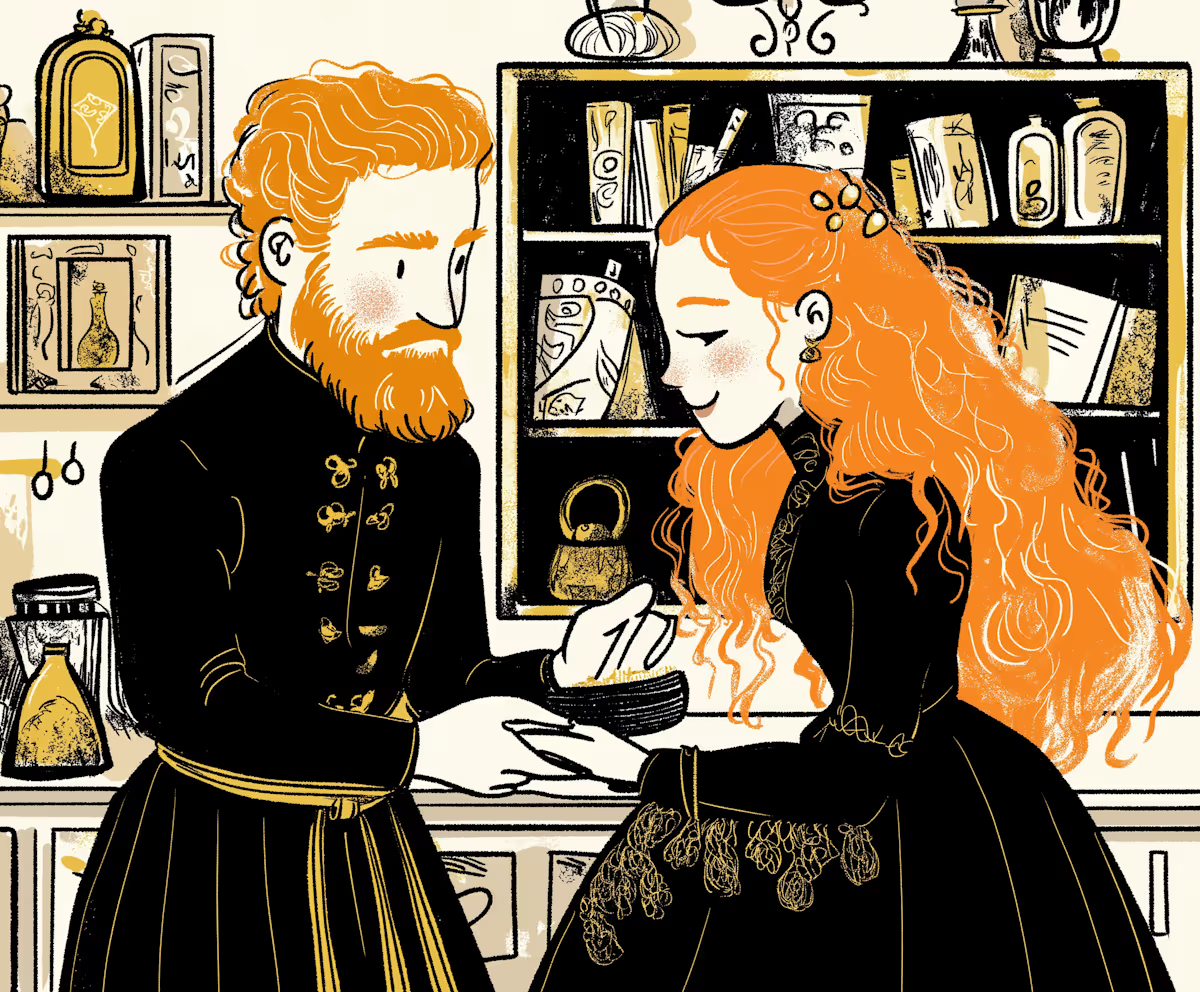The Subtle Stakes of Social Conflict
Fantasy is often synonymous with spectacle—exploding fireballs, clashing armies, and towering beasts. But beneath the genre’s glittering surface lies a quieter tradition where power plays out in salons rather than siege engines. In fantasy of manners, conflict emerges not from brute force but from social nuance, hidden motives, and interpersonal dynamics that unfold in hushed drawing rooms or crowded dinner parties.
This type of storytelling doesn’t forsake intensity—it simply transposes it. Rather than ask “who will win the war?”, it asks “who will dominate the conversation?” or “what secret, if revealed, could unravel everything?” These are conflicts of pressure and restraint, often more psychologically rich than physical showdowns.
The Nature of Nuanced Conflict
Nuanced conflict operates on several levels:
- Internal Tension: Characters are often torn between duty and desire, status and sincerity.
- Interpersonal Dynamics: Social maneuvering, subtext-laden dialogue, and veiled insults form the core battlegrounds.
- Cultural or Institutional Pressures: Class, tradition, and protocol act as invisible antagonists that shape and constrain action.
Rather than delivering dramatic turns through violence, these stories thrive on missteps in etiquette, the revelation of a long-buried secret, or the dangerous ramifications of a misunderstood gesture. The drama is no less palpable—it’s just executed with a velvet glove.
Why It Works: Emotional Precision
The restraint of fireball-free fantasy demands precision. Characters must be rendered with care, because their victories and defeats occur through conversation, implication, and perception. Writers must establish stakes that feel as urgent as any battlefield.
"The duel was not of swords, but of silences." — imagined aphorism for the genre
Readers drawn to this style are often those who delight in subtext and social codes. They don’t just want to know what happens—they want to understand why and how people wield power in polite society. In this, fantasy of manners is as much about anthropology as it is about drama.
Techniques for Writing Subtle Conflict
Writers aiming to craft nuanced conflict in fantasy can benefit from:
- Mastering Dialogue: Every line should carry weight, whether emotional, political, or strategic.
- Layering Meaning: A character’s words may say one thing while their gestures or inner monologue reveal another.
- Building a Web of Power: Map out who holds influence, who resents whom, and how social rituals enforce (or disguise) these dynamics.
- Using Setting Strategically: A dinner table can be a battlefield; a ballroom, a trap.
These stories rely on the slow burn. Stakes build through implication and small shifts, rather than overt declarations. A single misplaced word can be more damaging than a sword’s thrust.
Examples in Fiction
Works like Ellen Kushner’s Swordspoint or Susanna Clarke’s Jonathan Strange & Mr Norrell embody these principles. The power struggles in these books are complex and rooted in social maneuvering. Even political moves in George R.R. Martin’s A Song of Ice and Fire often hinge less on war than on marriage alliances, whispers, and who controls information.
The Enduring Allure of Subtlety
In an era saturated with spectacle, there’s something quietly radical about stories that prioritize nuance over noise. Fantasy without fireballs offers readers—and writers—a different kind of thrill: one of anticipation, insight, and the slow, excruciating unraveling of carefully constructed facades.
Sometimes, the most powerful magic is knowing exactly what not to say.

